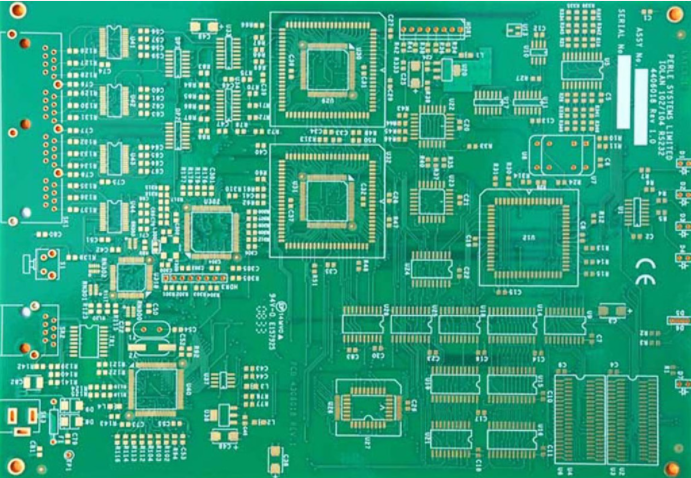SMT chip processing through-hole reflow soldering technology simplifies the PCBA processing process, improves PCBA production efficiency, and is more suitable for the soldering of plug-in components in high-density circuit boards. However, since the amount of solder paste required for through-hole solder joints is larger than that required for surface mount solder joints, there will be a problem of insufficient solder paste during conventional soldering. Next, PCBA manufacturers will introduce solutions for everyone.
What is through-hole reflow soldering?
In the PCBA assembly process, the soldering of through-hole plug-in components is completed by the reflow soldering process, which is called through-hole reflow (THR).
When using traditional methods to solder mixed-assembled PCBs, the usual process flow is:
Printing solder paste-mounting SMC/SMD-reflow soldering surface mount components-insertion THC/THD-wave soldering THC/THD.

THR uses a special template with many needle tubes to adjust the position of the template to align the needle tube with the through-hole pads of the inserted components, use a scraper to print the solder paste on the template onto the pads, and then install the insert Components, and finally plug-in components and SMD components are soldered together through reflow soldering.
When using THR, both SMC/SMD and THC/THD are soldered in the reflow soldering process. The emergence of THR has enriched welding methods, simplified the process flow, and improved production efficiency.
SMT chip processing through-hole reflow soldering solder paste shortage problem saving method
The key problem of through-hole reflow soldering technology is that the amount of solder paste required for through-hole solder joints is larger than the amount of solder paste required for surface mount solder joints. However, the solder paste printing method using traditional reflow process cannot simultaneously apply to through-hole components and Surface mount components are applied with a suitable amount of solder paste, and the amount of solder in the through-hole solder joints is usually insufficient, so the solder joint strength will be reduced. The printing can be completed by the following two different processes.
1. One-time printing process
In order to solve the problem of different solder paste requirements for through-hole components and surface mount components, a local thickening template can be used for one printing.
The local thickening template requires manual printing of solder paste, while the squeegee uses a rubber squeegee. The printing process is the same as that of traditional SMT printing. Generally, the thickness of the parameters A=0.15mm and B=0.35mm in the local thickening template can meet the requirements of the solder paste volume of each solder joint of the through-hole reflow soldering. Because the local thickening template uses a rubber squeegee, the rubber squeegee deforms greatly under pressure, so the solder paste pattern has the defect of depression after printing.
2. Secondary printing process
One printing process uses a local thickening template and a rubber squeegee to complete the printing. However, for some mixed circuit boards with large lead density and extremely small lead diameters, the process of printing solder paste with a local thickening template at one time cannot meet the requirements of printing quality, It is necessary to use the secondary printing solder paste process.
First, 0.15mm-thick first-level stencils are usually used to print solder paste for surface mount components, and then 0.3-0.4mm-thick second-level stencils are used to print solder paste for through-hole plug-in components.
In order to prevent the back surface of the template for the second printing from being etched into a groove with a depth of 0.2mm at the surface mount pad.
Regardless of whether the primary printing process or the secondary printing process is used, when the quality of the solder used for through-hole reflow soldering of through-hole plug-in components is 80% of the quality of the solder used for wave soldering, the solder joints are formed by wave soldering. The solder joint strength is equivalent, but if the solder quality of the through-hole component is lower than this critical amount, the solder joint strength formed will not reach the standard.
Define 80% as the critical amount of through-hole reflow solder. Whether it is a primary printing process or a secondary printing process, it is necessary to ensure that the amount of solder used for through-hole reflow soldering is greater than this critical amount.
The above is an introduction on how to solve the problem of insufficient solder paste in SMT chip processing through-hole reflow soldering